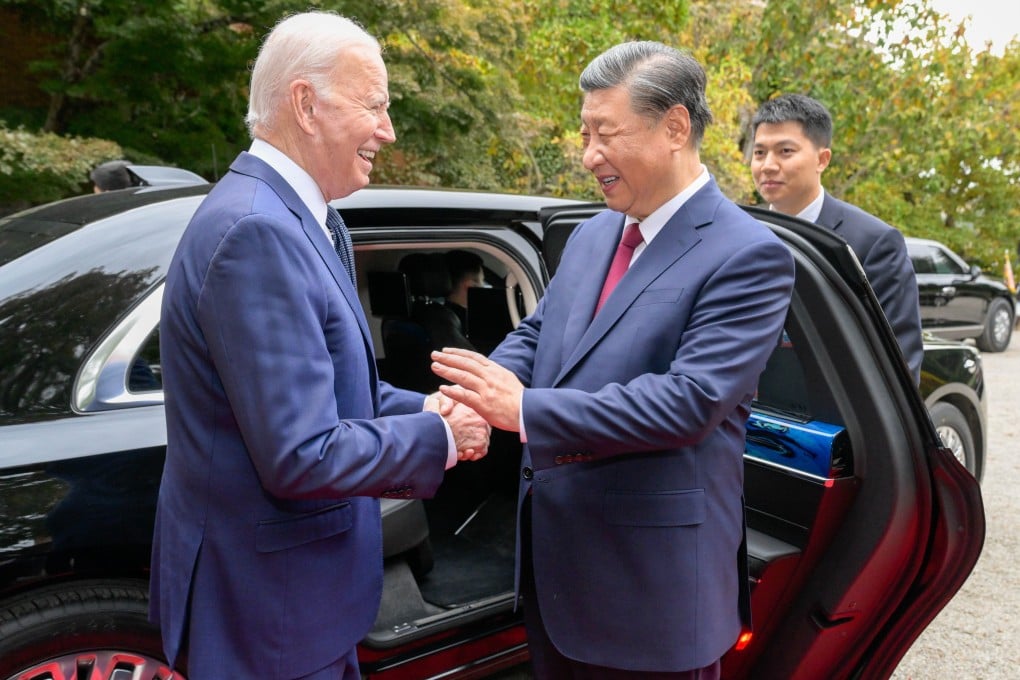Advertisement
Opinion | Biden-Xi summit clears the low bar set for US-China relations
- The latest summit was an improvement on last year’s meeting, in that it made progress on US-China military-to-military communications
- However, deep questions remain about the contours of the Sino-American conflict, especially concerning the economic, trade and technology issues that precipitated it
Reading Time:4 minutes
Why you can trust SCMP
1

“A Better Biden-Xi Summit?” was the title of my commentary last month, and the emphasis was on the question mark. With good reason: last year’s summit in Bali was a flop. Owing to poor preparation and an overemphasis on slogans (setting a “floor” for the troubled US-China relationship), any effort to ease tensions was quickly scuttled by the US downing of a Chinese surveillance balloon in February. There were no guarantees that the meeting in San Francisco would be any better.
Advertisement
The good news is that the San Francisco summit was indeed an improvement on last year’s meeting. Above all, both sides took the preparations far more seriously this time. It wasn’t just the high-level diplomatic engagement that resumed in the summer, with visits to Beijing by US Secretary of State Antony Blinken, US Treasury Secretary Janet Yellen, US Secretary of Commerce Gina Raimondo and climate envoy John Kerry. Equally important was identifying in advance the key issues on which the two leaders could cooperate and eventually agree.
I wrote my last commentary in part to offer a framework by which the San Francisco summit could be assessed. My tentative day-after verdict is based on a careful comparison of the official readouts from both sides, US President Joe Biden’s post-summit press conference, Chinese President Xi Jinping’s speech to a group of US business leaders at a dinner in San Francisco, and the in-depth reporting of major media outlets.
Unsurprisingly, at least according to my template, most of the progress was made on fairly obvious deliverables, or what I called “low-hanging fruit”. Two areas stand out: resumption of military-to-military communications and joint efforts to collaborate on the fentanyl crisis.
With tensions in the Taiwan Strait and the South China Sea showing no signs of abating, neither side could afford the risk of another military communications blackout like the one that occurred during the balloon fiasco. As responsible superpowers, there was no choice other than to re-establish regular dialogue between the two defence departments.
Advertisement
And the US fentanyl crisis speaks for itself, as synthetic-opioid overdoses are one of the leading causes of death for Americans aged 18 to 45; that brought the Chinese supply chain of fentanyl’s precursor chemicals into sharp focus.

Advertisement
